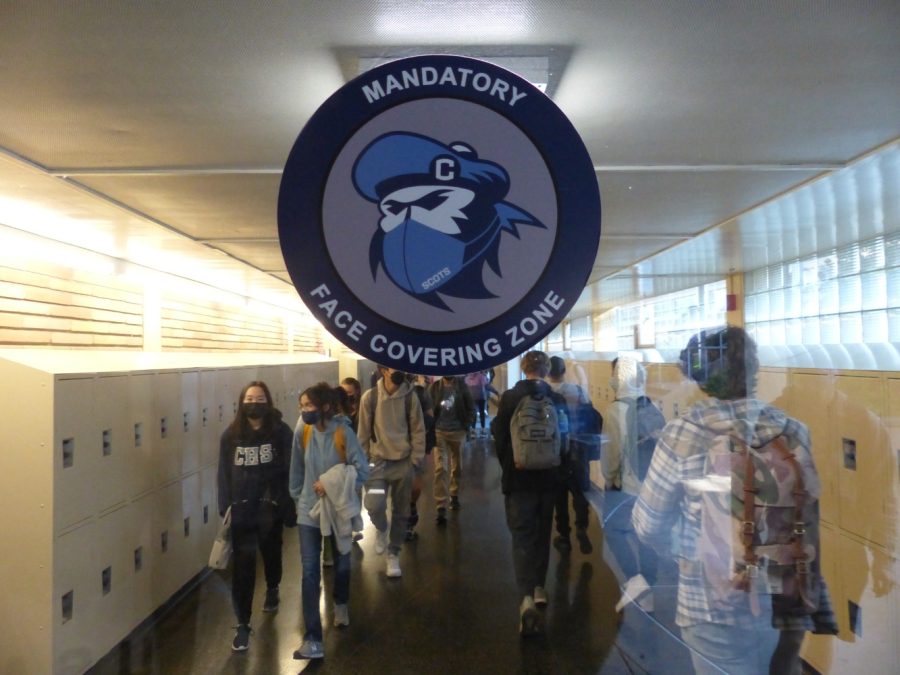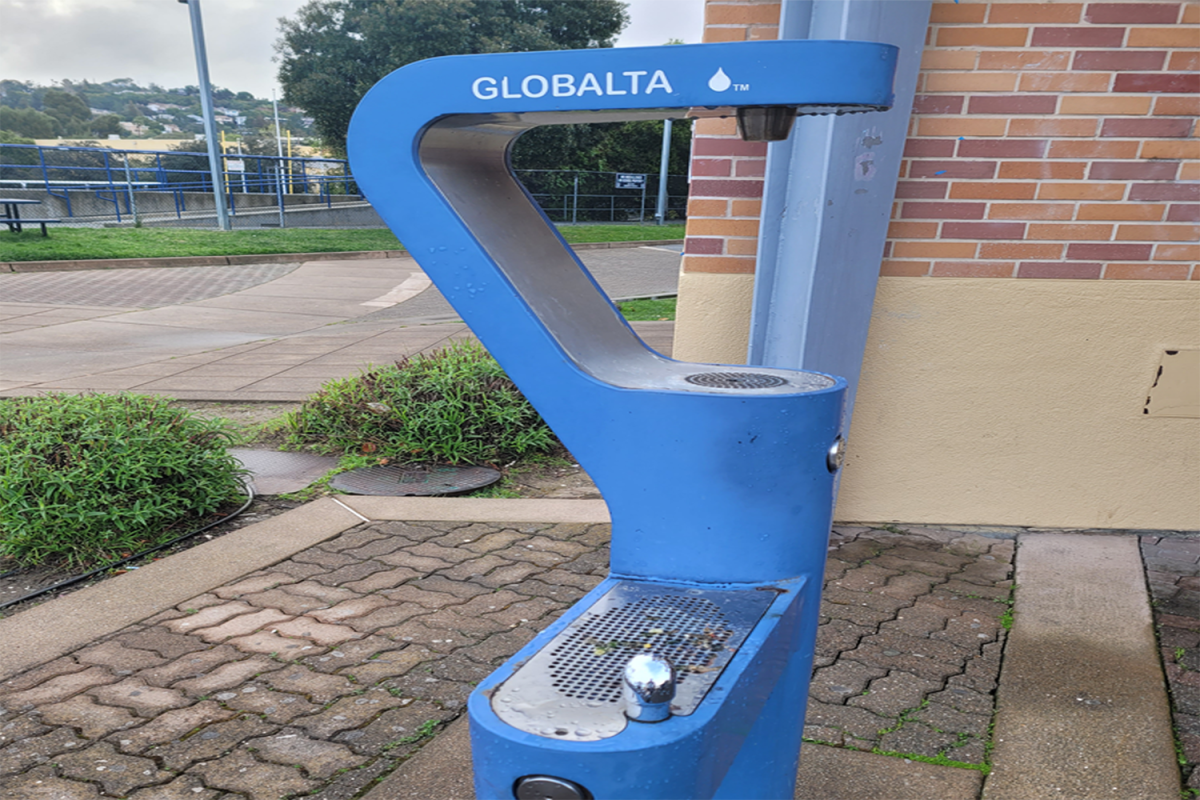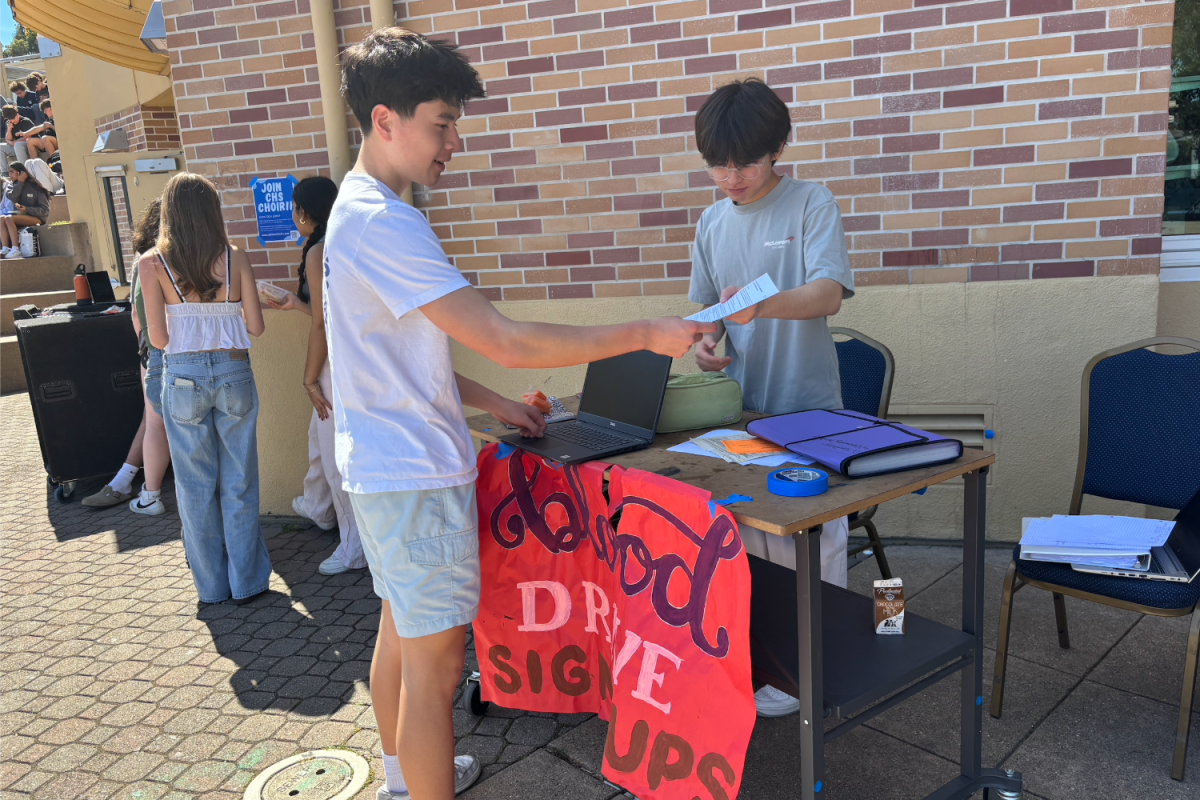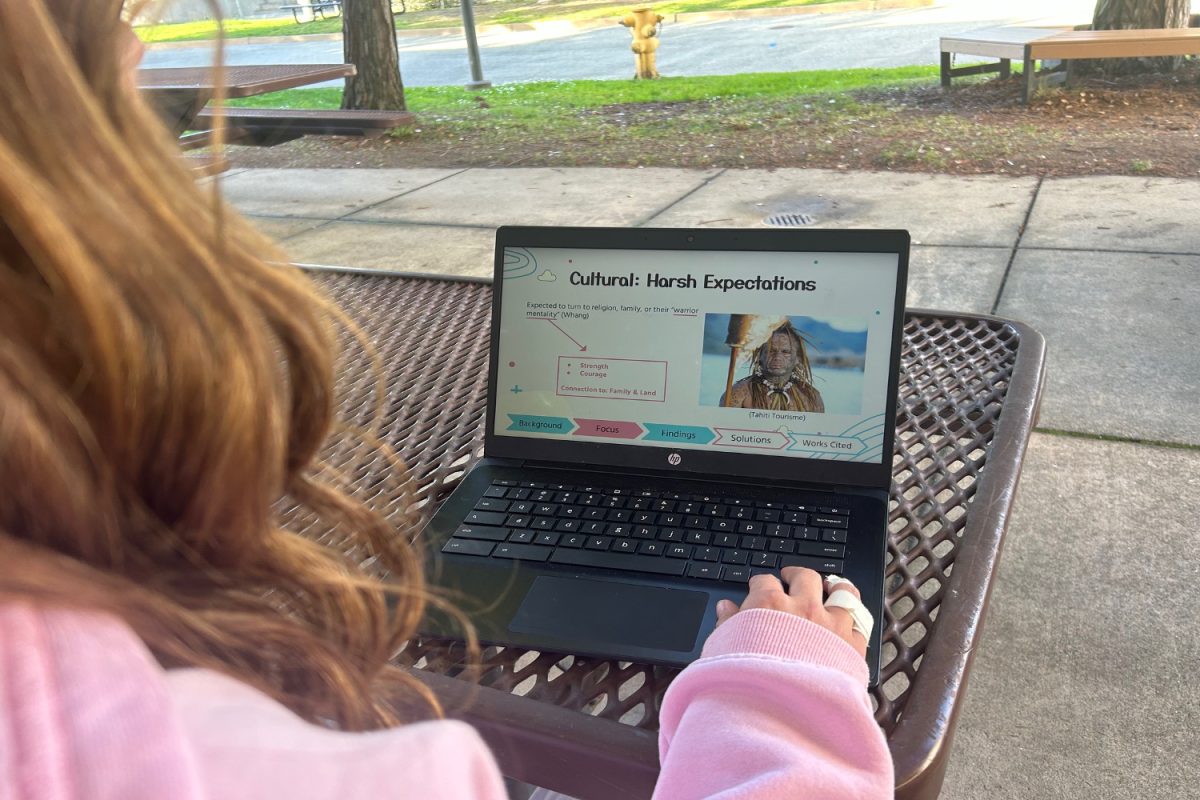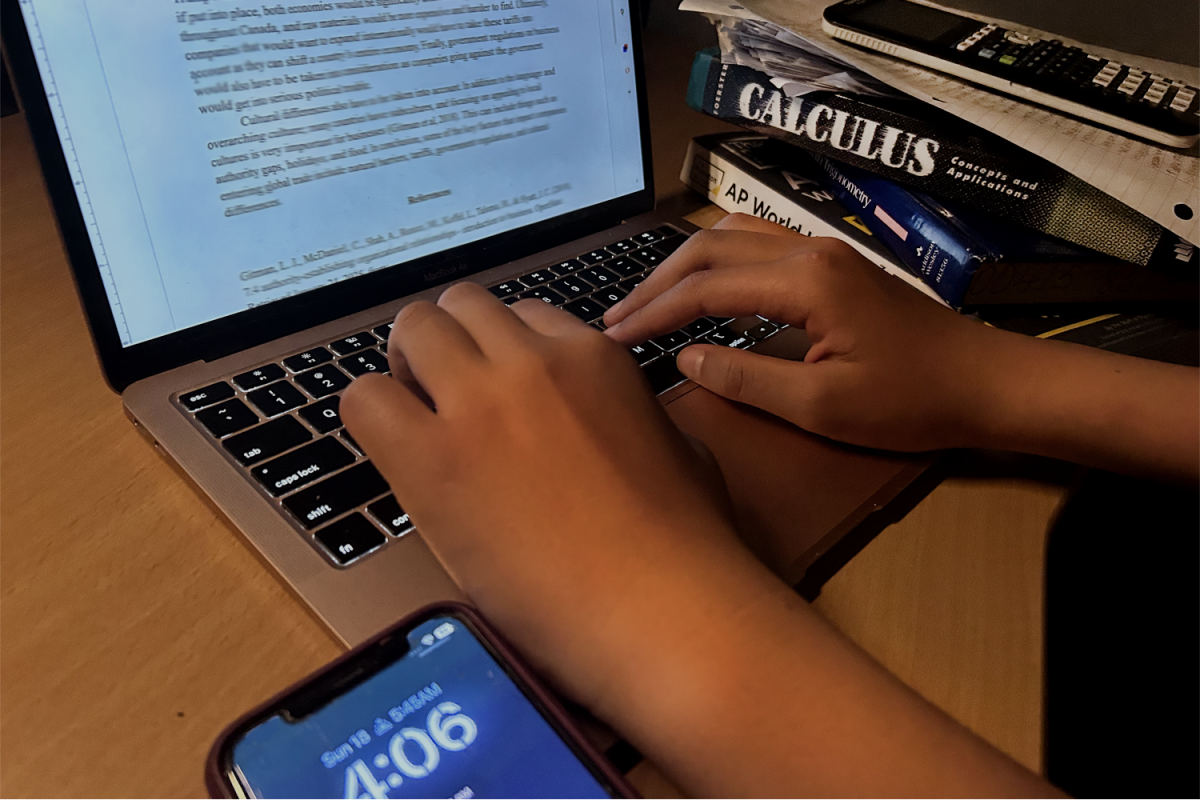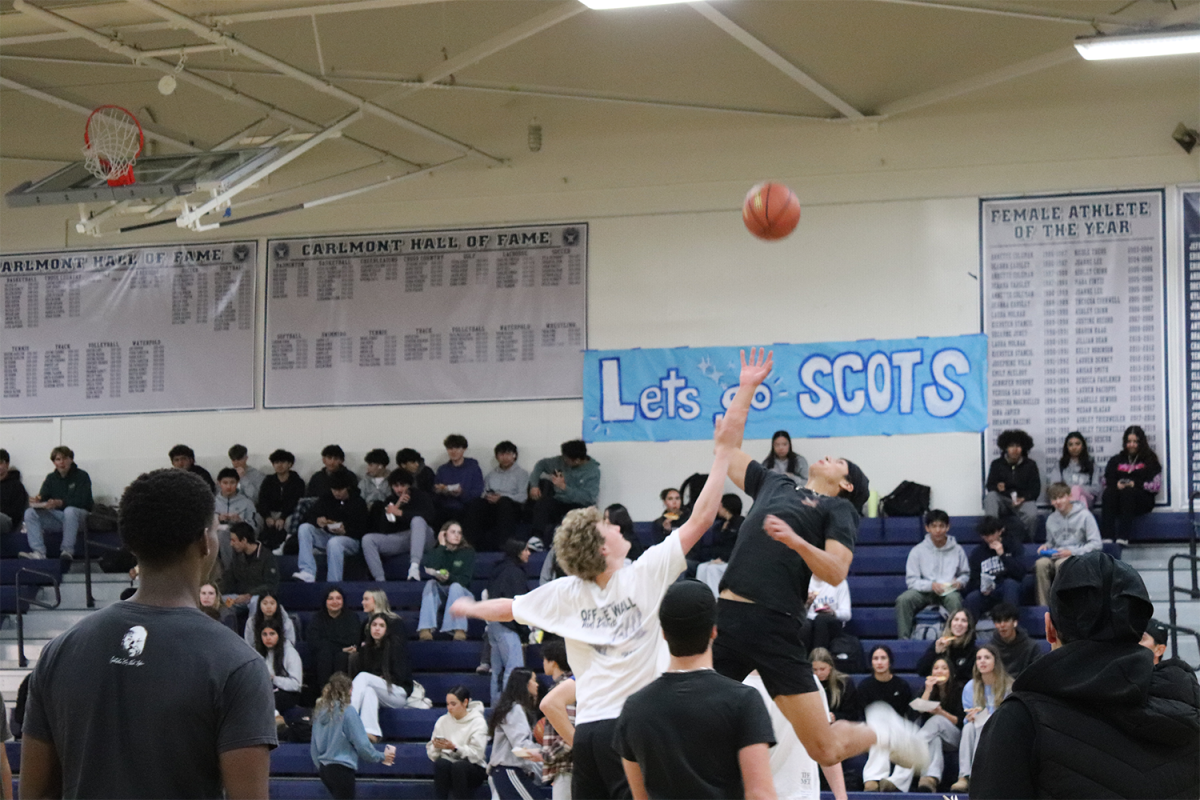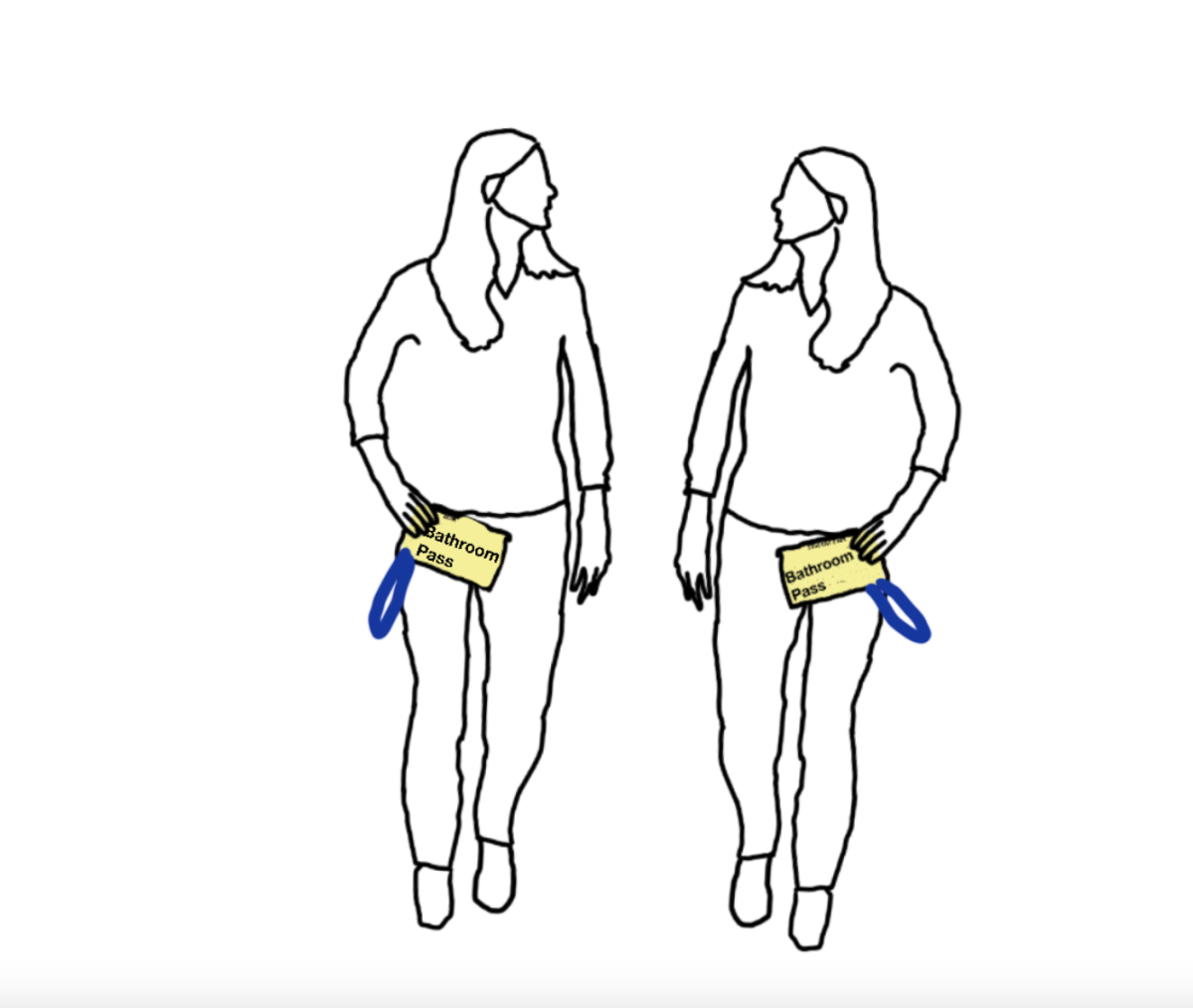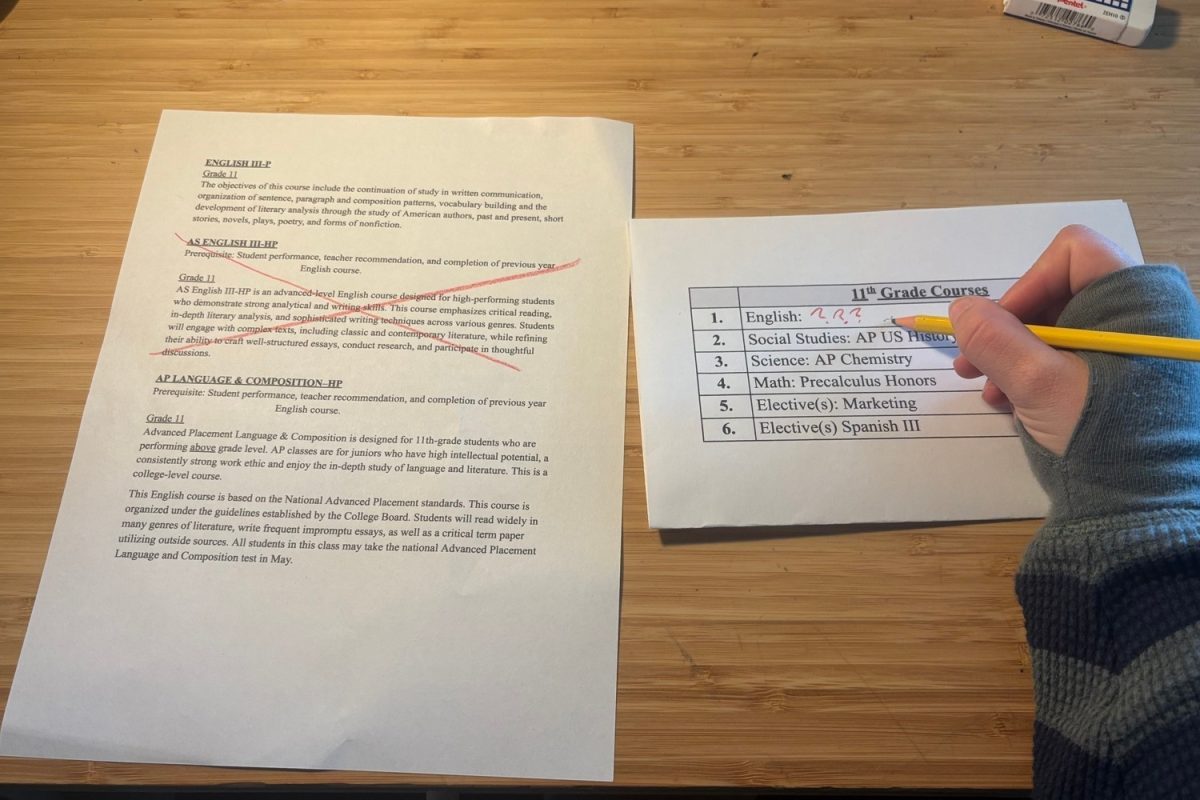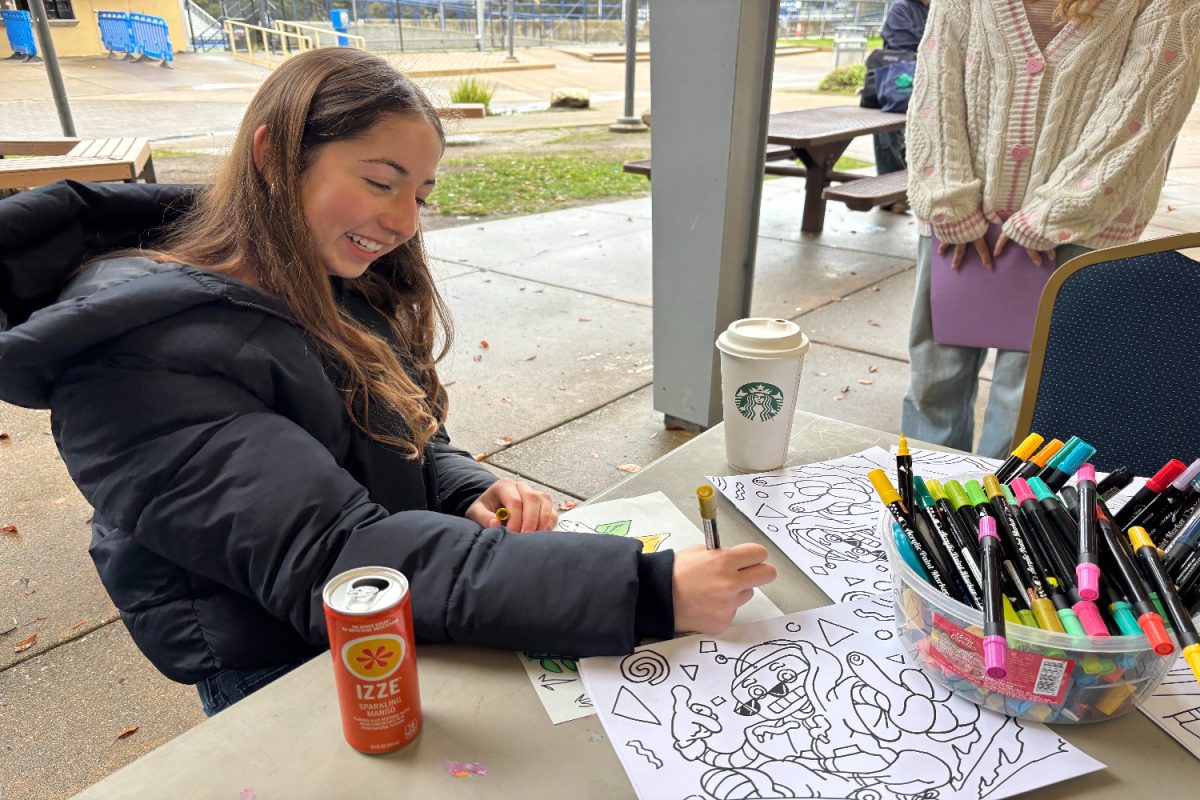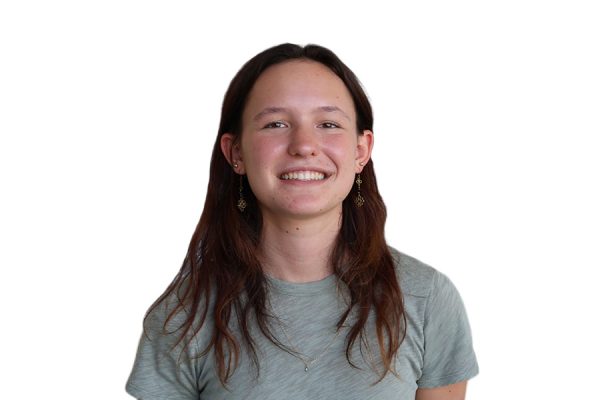As COVID-19 keeps many students from their classes during the first few weeks of the second semester at Carlmont, effective communication from teachers is more important than ever.
Last week, the SUHSD COVID-19 Dashboard showed nearly a 335% increase in cases from the first to the second semester. This increase was evident in classrooms last week as they were emptier than usual due to many students in quarantine or at home.
Teacher-student communication had ideal conditions during the first semester, with under 30 total COVID-19 cases at Carlmont. However, as the Omicron variant makes its way through Carlmont after winter break, the number of absentees has been considered damaging to communication, and thus students’ academics.
“If you miss school, it’s going to be impossible for you to have all of your academic needs fulfilled. There’s just no substitute for missing instruction directly when you’re in class,” said Vice Principal Grant Steunenberg, the person in charge of COVID-19 protocols at Carlmont.
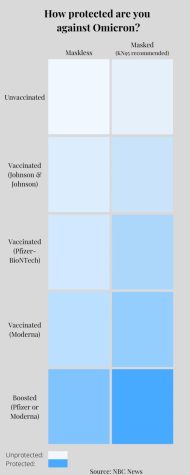
Students at home and in isolation rely on their teachers to put all necessary information and assignments up on Canvas. Sophia Jones*, a student who tested positive last week, has had different communication experiences with each of her teachers, but one of them stood out.
“Ms. Fox, my Spanish teacher, had everything in her modules, and she had what we did in class that day. All the homework was always posted,” Jones said. “She’s being really thoughtful, and she’s organizing her Canvas page really well so that it’s accessible for all of her students.”
Other teachers have also discovered the efficiency of keeping agendas, lessons, and homework up to date on Canvas. Matthew Miskelly, the math department chair at Carlmont, updates Canvas daily and sacrifices his own time for students working from home.
“On Canvas, I share the video lesson, I share a notes outline, and the homework assignments so that they can find it there, and I post it daily for them. Is it a lot of work for me? Kind of, but it also helps so the students aren’t all behind when they come back,” Miskelly said.
Despite some efforts to make virtual learning simulate the classroom environment, not all teachers have properly accommodated their students who have been absent with COVID-19. Many teachers have policies in place that could jeopardize the grade of a missing student.
Jones’ absence has given her in-person classmates an unfair advantage in two of her classes.
“If you miss a quiz or a test, you can’t always make it up, and it just goes into the grade book as ‘excused,’ which I think is not smart because I’m missing,” Jones said. “I wouldn’t even have the opportunity to make it up, which is so unfair because I have had COVID-19. So why am I getting an ‘excused’ out of 50 when everyone else can get a score and actually take the test?”
The challenges of COVID-19 are not just reserved for Jones. Every student’s experience varies with their isolation period and making up work.
“[My friend] was telling me how she hasn’t been able to stay up with her work and says that some of her teachers aren’t emailing her back. That sucks because I’m getting all my emails back, and I know what I’m doing, and I’m catching up fine,” Jones said. “But it sucks that I know that people are in isolation like me, and they aren’t feeling like I am.”
As COVID-19 rates rise and the potential for more students to miss school emerges, teachers must be held accountable for making all necessary work and information accessible to students to help them reach their full potential, even from home.
“Absences are hard, but what teachers can and should do is just understand that absences aren’t students’ faults, and work with them to make sure that they can still be successful when they come back,” Miskelly said.
Being accommodating towards students has been important for individual success and the future of Carlmont’s health and safety. The dangers of ineffective communication between students in quarantine and teachers could disregard COVID-19 guidelines.
“I think there are probably students who are hearing how they are so behind if they stay home, that they’re not going to tell anyone they’re positive and are just going to go to school,’” Jones said.
Ultimately, it is up to students, families, and teachers to make the right judgment calls to move forward with the pandemic.
“This is an honor system, and that’s part of the problem. We’re hoping people understand that the only way that we’re going to be able to overcome the pandemic is for people to adhere to some of the guidelines that are in place, but if people are skirting those by lying we can’t prove that,” Steunenberg said. “As I said, it’s an honor system. We really have to rely upon human nature for people to make the right choices out of social responsibility.”
*These names were changed to ensure anonymity for the source due to protection of medical confidentiality, in accordance with Carlmont Media’s anonymous sourcing policy.

